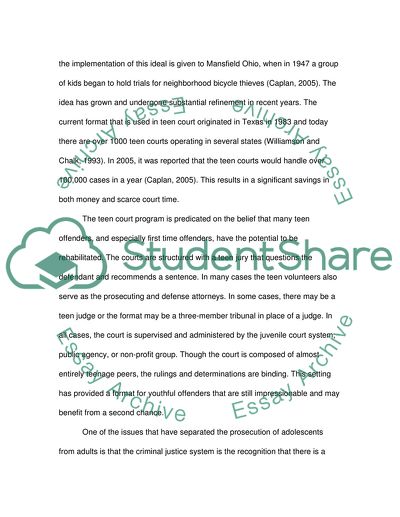Cite this document
(Teen Court Program in Teenage Rehabilitation Research Paper, n.d.)
Teen Court Program in Teenage Rehabilitation Research Paper. Retrieved from https://studentshare.org/social-science/1718323-teen-courts
Teen Court Program in Teenage Rehabilitation Research Paper. Retrieved from https://studentshare.org/social-science/1718323-teen-courts
(Teen Court Program in Teenage Rehabilitation Research Paper)
Teen Court Program in Teenage Rehabilitation Research Paper. https://studentshare.org/social-science/1718323-teen-courts.
Teen Court Program in Teenage Rehabilitation Research Paper. https://studentshare.org/social-science/1718323-teen-courts.
“Teen Court Program in Teenage Rehabilitation Research Paper”, n.d. https://studentshare.org/social-science/1718323-teen-courts.


